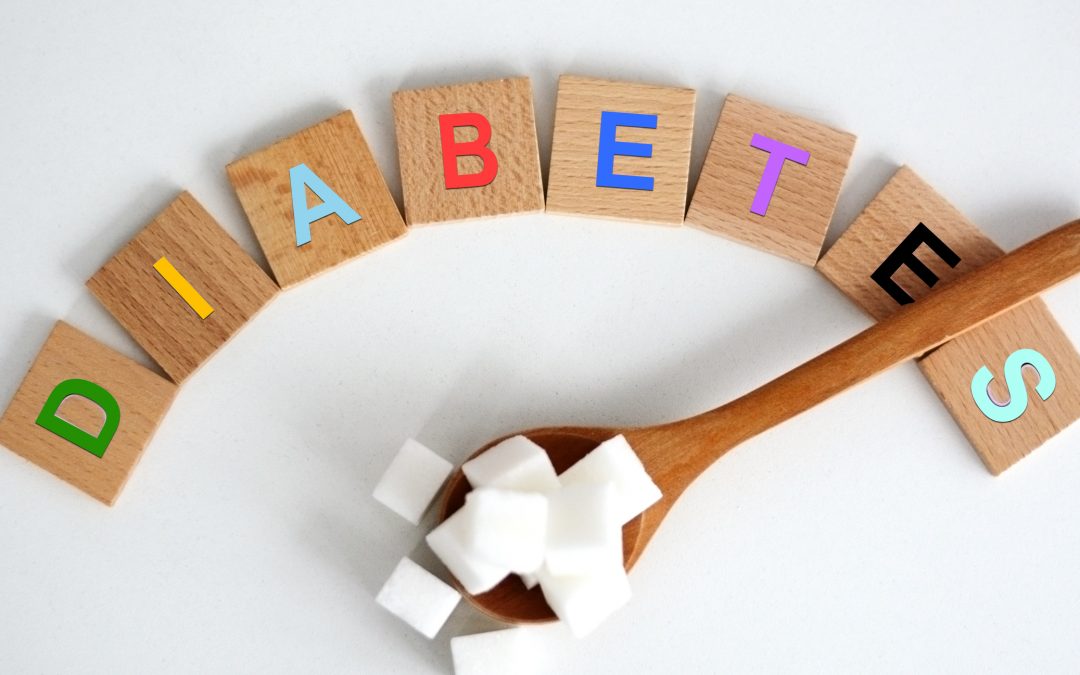Vitamin D: Beneficial or Bogus?
“Vitamin D won’t help you avoid bone fractures and taking too much is not safe”
“Calcium and vitamin D: the backbones of bone health”
Are you as confused as I am?
Vitamin D has long been associated with better bone health and reducing the risk of fractures in people with osteoporosis. However, recent studies suggest that vitamin D supplementation neither improves bone mineral density nor prevents fractures in adults.
- In 2014, a review and meta-analysis of 31 studies found that vitamin D alone is unlikely to be effective in preventing hip fracture
- In 2017, an analysis of 33 randomized clinical trials, also found vitamin D supplementation was not associated with a lower risk of fractures among adults living independently
- Once again in 2018, after reviewing 81 studies, researchers found very little evidence that vitamin D supplementation had a benefit on bone density
All these studies came to the same conclusion:
The widespread supplementation of vitamin D for the prevention of osteoporosis and reducing fractures seems unwarranted and should not be advised.
So with this new information indicating that vitamin D supplementation is inappropriate, should we or shouldn’t we be taking vitamin D to boost our bone health?
Why our bones need vitamin D
- Vitamin D is necessary for the absorption of calcium and phosphorus from the intestine. In this way, vitamin D allows these nutrients to be better absorbed from the food we eat. Not only is calcium essential for our bones, but it is also critical for every cell in our body. It enables our blood to clot, our muscles to contract, and our heart to beat. Phosphorous is just as important as calcium in supporting bone formation and maintenance.
- Vitamin D helps to regulate parathyroid hormone. Elevated parathyroid hormone levels cause increased bone turnover and bone loss.
- Vitamin D controls osteoblast function, the cells that build bone, and stimulates bone mineralization of osteoblasts
- Vitamin D may improve lean body and muscle strength. Lean body has a positive influence on bone mineral density.
- Vitamin D aids in immune regulation. Osteoporosis is often considered to be an inflammatory condition and vitamin D may squelch pro-inflammatory proteins that interfere with normal bone metabolism.
- Among several other ways vitamin D supports overall health, emerging research has linked low levels of vitamin D to insulin resistance and diabetes. People with diabetes have an increased risk of developing osteoporosis.
These recent studies on vitamin D and bone health primarily reflected healthy adult populations and not necessarily those with vitamin D deficiency. 40% of the US population is deficient in vitamin D. The authors of these recent studies admit that the results may have been quite different if done on individuals with vitamin D deficiency.
What constitutes deficiency?
It depends on who you listen to! Vitamin D is tested in the blood by looking at 25-hydroxy-vitamin D (25(OH)D) and is measured in ng/mL (nanograms per milliliter)
- The institute of Medicine suggests that vitamin D levels under 20 ng/mL is considered a vitamin D deficiency
- The Endocrine Society considers vitamin D levels below 30 ng/mL to be deficient and recommends vitamin D levels between 40 and 60 ng/mL for both children and adults
- The Vitamin D Council suggests vitamin D levels aren’t sufficient until you reach 40 ng/mL
According to the Vitamin D Council, 40-50 ng/mL is the level of vitamin D humans evolved with living traditional outdoor lifestyles. At these levels, vitamin D works efficiently to control the level of parathyroid hormone and calcium in the body.
The controversy on what is an optimal level of vitamin D continues, with articles and statements supporting all of the above guidelines.
Do YOUR bones need Vitamin D?
If we go by the recent research, the benefits of vitamin D supplementation on bone may be limited to people deficient in vitamin D. However once bone loss has occurred, it is very hard to re-gain….so why would we ever want to risk becoming deficient in vitamin D?
Additionally, bone health is not solely dependent on vitamin D and calcium. Your bones need a constant supply of over 20 nutrients to remain strong and healthy. Even if your vitamin D levels are sufficient, and you are adequately absorbing calcium, if you don’t have enough of the important synergistic nutrients to drive calcium into the bone and aid in mineralization, your bones will not benefit.
Perhaps one reason why these studies suggest that vitamin D is not beneficial is because the study participants lacked the other essential bone building nutrients needed to work in conjunction with vitamin D.
If you look toward our ancestry and nature, the primary way we got vitamin D was through sunshine, not food or supplementation. In fact, very few foods contain vitamin D.
However, with our indoor lifestyles, concerns about skin cancers and use of sunscreens, and a decrease in all nutrient absorption as we age, most adults are at risk of becoming vitamin D deficient.
So don’t dump the D!
Without question, if you have or are concerned about osteoporosis, you should get your vitamin D status tested and supplement accordingly. The Vitamin D Council provides an excellent guide to proper supplementation based on your test results.
You can check out this valuable resource here.
Vitamin D may not be the magic bullet for improving bone density or curing your osteoporosis, but sufficient intake along with a diet that supplies a full complement of bone building vitamins and minerals can help to keep our bones strong and healthy for life!
Call me today for a free 15 min consult to find out if my BONES Method for assessing and addressing bone health is right for you. 703-738-4230
References:
- Apaydin, M., Can, A. G., Kizilgul, M., Beysel, S., Kan, S., Caliskan, M., . . . Cakal, E. (2018). The effects of single high-dose or daily low-dosage oral colecalciferol treatment on vitamin D levels and muscle strength in postmenopausal women. BMC Endocrine Disorders,18(1). doi:10.1186/s12902-018-0277-8
- Avenell, A., Mak, J. C., & Oconnell, D. (2014). Vitamin D and vitamin D analogues for preventing fractures in post-menopausal women and older men. Cochrane Database of Systematic Reviews. doi:10.1002/14651858.cd000227.pub4
- Effects of vitamin D supplementation on musculoskeletal … (n.d.). Retrieved from https://www.thelancet.com/journals/landia/article/PIIS2213-8587(18)30265-1/fulltext
- Forrest, K. Y., & Stuhldreher, W. L. (2011). Prevalence and correlates of vitamin D deficiency in US adults. Nutrition Research,31(1), 48-54. doi:10.1016/j.nutres.2010.12.001
- Huber, L. C. (2018). Faculty of 1000 evaluation for Association Between Calcium or Vitamin D Supplementation and Fracture Incidence in Community-Dwelling Older Adults: A Systematic Review and Meta-analysis. F1000 – Post-publication Peer Review of the Biomedical Literature. doi:10.3410/f.732369946.793542051
- Johannes P. T. M. Van Leeuwen, Driel, M. V., & Pols, H. A. (2004). Control of Osteoblast Function and Bone Extracellular Matrix Mineralization by Vitamin D. The Skeleton,307-332. doi:10.1007/978-1-59259-736-9_21
- Newman, T. (2018, May 13). Could vitamin D help to fight diabetes? Retrieved from https://www.medicalnewstoday.com/articles/321787.php
- Symonds, M. (2018). Faculty of 1000 evaluation for Effects of vitamin D supplementation on musculoskeletal health: A systematic review, meta-analysis, and trial sequential analysis. F1000 – Post-publication Peer Review of the Biomedical Literature. doi:10.3410/f.734168764.793551458itamin D and vitamin D analogues for preventing fractures in post-menopausal women and older men








